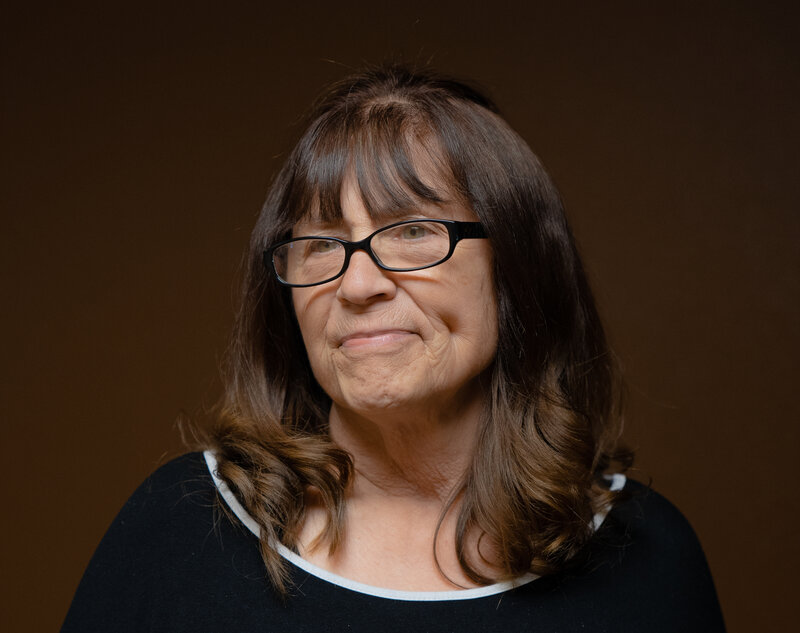by JOSH AXELROD, SAMANTHA BALABAN, & SCOTT SIMON

Dr. Julie Rickard thought her visit to Wisconsin over the Christmas holiday would bring a break from her day job working in suicide prevention in Wenatchee, Wash.
The visit didn’t go as planned. After a tense fight broke out between her mother and another family member, everyone dispersed. Rickard readied herself for the trip back to the Pacific Northwest.
At the airport, she received a call from her mother, Sheri Adler. This was not out of the ordinary — Adler, like many adoring mothers, always calls her daughter after parting ways.
On the phone, Adler wanted to tell her daughter how much she loved and appreciated her.
“Normally I would think, ‘Oh that’s a sign of suicide,’ but it was during my layover,” Rickard says. “I had just left her, and my whole life she had always cried when I left and would always say I love you.”
This time was different. “This time,” Rickard says, “it was goodbye.”
When the plane landed, Rickard received another call. Her mother, at age 72, had tried to take her own life.
“I went home, and I guess I just didn’t know how to handle it,” Adler says about the suicide attempt. “It was just more than I could put together … I just made a stupid mistake. I guess I just wanted to give up, because I felt like I wasn’t a good mom. And that’s all I ever wanted to be.”
Since the attempt in January, Rickard has helped her mother find care. Adler now takes medication and meets with a therapist for depression and help coping with family issues. They both say she’s doing better.
Still, the episode reflects the vulnerability of a group that researchers call a “forgotten” population, particularly when it comes to the issue of mental health: senior citizens.
The Risk Among Seniors
Across the country, suicide rates have been on the rise, and that rise has struck the nation’s seniors particularly hard. Of the more than 47,000 suicides that took place in 2017, those 65 and up accounted for more than 8,500 of them, according to the Centers for Disease Control and Prevention. Men who are 65 and older face the highest risk of suicide, while adults 85 and older, regardless of gender, are the second most likely age group to die from suicide.
According to the U.S. Census Bureau, there were 47.8 million people over the age of 65 in the U.S. as of 2015. By 2060, that number is projected to reach 98.2 million.
NPR for more
